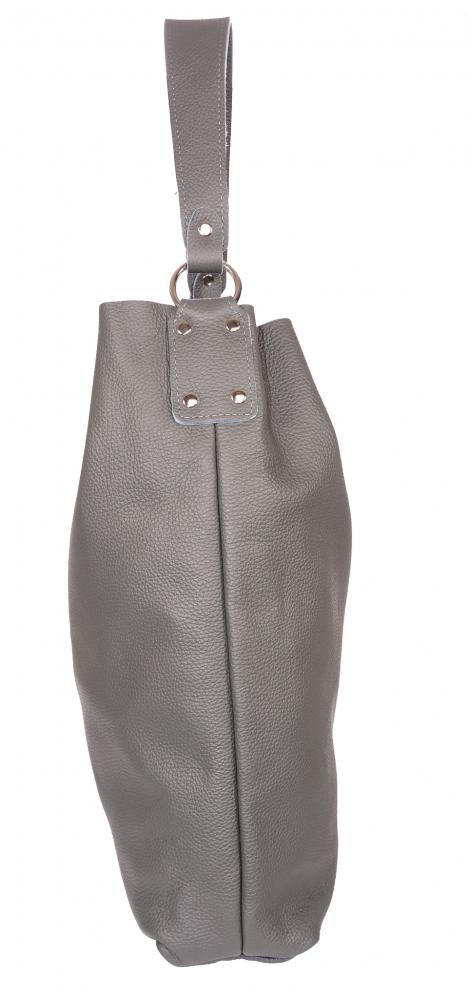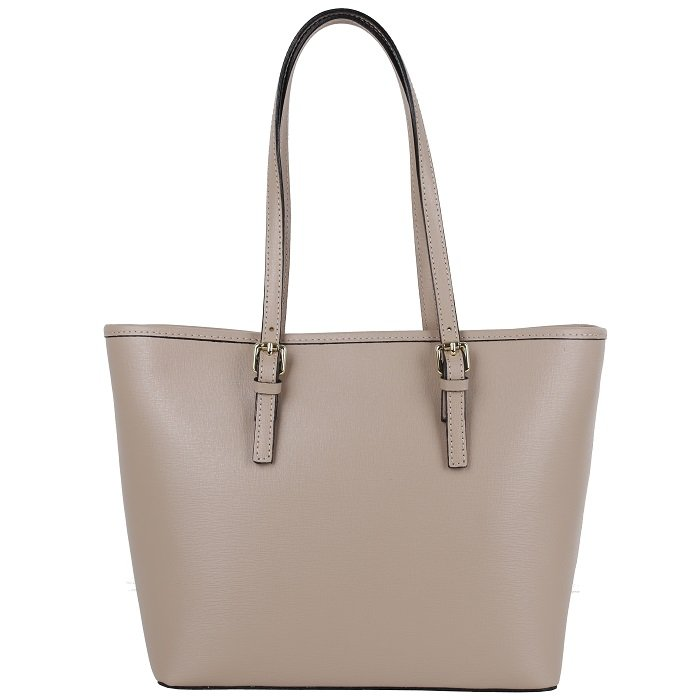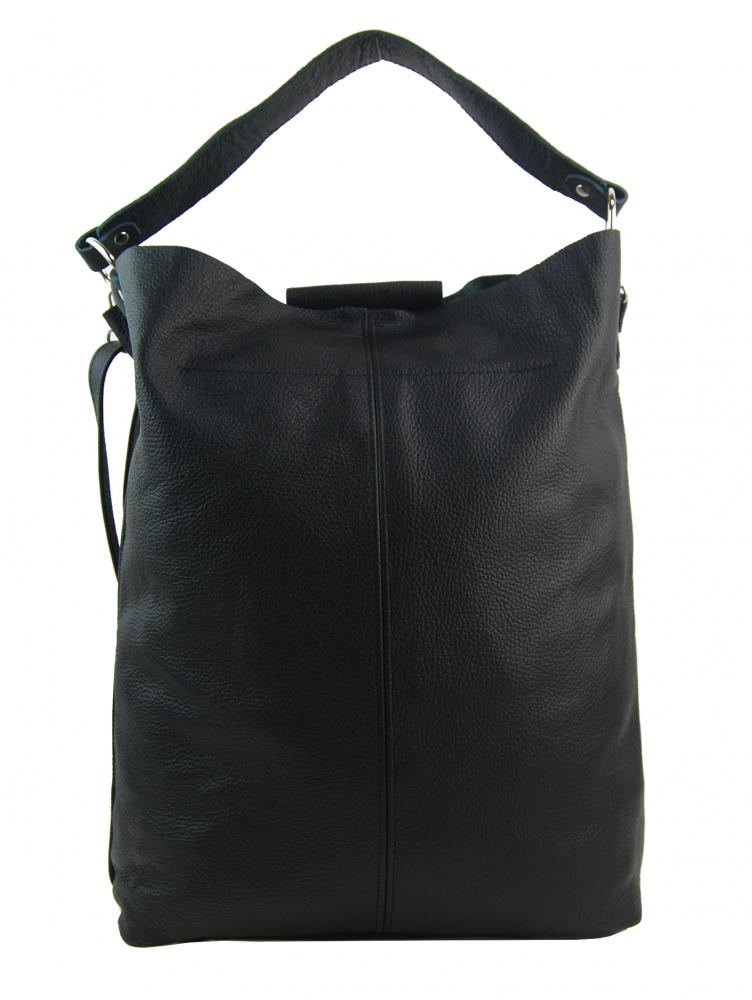
Velká kožená Kabelka Shopper Carla Ferreri® - Tmavě šedá - Prémiová Italská Móda - Freddy, Trussardi, Versace, Michael Kors, Karl Lagerfeld

Velká kožená kabelka Carla Ferreri® - Černá - Prémiová Italská Móda - Freddy, Trussardi, Versace, Michael Kors, Karl Lagerfeld

Zabudnite na obrovské tašky: Hitom tohto leta sú štýlové kabelky do ruky, ktoré si zamilujete | Feminity.sk

Zabudnite na obrovské tašky: Hitom tohto leta sú štýlové kabelky do ruky, ktoré si zamilujete | Feminity.sk

Velke kabelky / Nakupni tasky pro-zeny - velký výběr Velké kabelky / Nákupní tašky - Doručení zdarma | Spartoo.cz !

Dámská kožená kabelka Hobo Shopper Sofia Cardoni® - Černá - Prémiová Italská Móda - Freddy, Trussardi, Versace, Michael Kors, Karl Lagerfeld

















